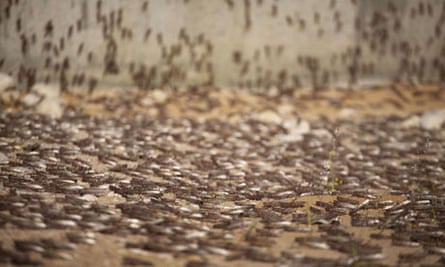PAKISTAN
World Toilet Day commemorated
Islamabad : International community on Thursday commemorated World Toilet Day to highlight importance of sustainable sanitation to reduce climate change impact. To Commemorate World Toilet Day, development partners from Water, Sanitation and Hygiene (WASH) sector joined hands to highlight the importance of sustainable sanitation to reduce climate change impact.
At a webinar arranged in connection with the day, WASH partners including representatives of CESVI, WaterAid, UNICEF, Save the Children and Ministry of Climate Change highlighted the importance of safely managed sanitation and elaborated linkages between climate change and sanitation. Head of Mission of CESVI Farhan Khan, Country Director of Water Aid Siddiq Ahmed Khan, WASH Specialist of UNICEF Kamran Naeem and Save the Children Representative Rosianto Hamid (Anton) were included among the speakers of the webinar, which was moderated by Dr. Saima Shafique from Ministry of Climate Change.
The speakers highlighted that climate change was aggravating the sanitation crisis. Extreme weather – floods, powerful cyclones, rising temperatures, prolonged droughts – are causing irreparable damage to weak sanitation systems and causing illnesses to spread further in vulnerable communities. They recognized that Pakistan is amongst the top five countries in the world who have achieved significant improvement in access to clean water, decent toilets and good hygiene. But at the same time, 40% of the population of Pakistan do not have access to a decent toilets and more than 20 million people defecate openly. Over the last decade or so Pakistan has developed relatively progressive legislative and policy frameworks on various sub-sets of WASH rights.
However, there is still a dire need for the collaboration of government, civil society and development partners to attain sustainable sanitation for the vulnerable communities including women and children. The importance of clean water, decent toilets and hygiene has further risen amidst challenge of Covid-19 to which thousands of lives have been lost. In these challenging times of pandemic, living without a toilet endangers the health and livelihoods of the world’s most vulnerable people. Speakers of the webinar also highlighted the need for good governance, political leadership, effective coordination and regulation to improve the situation of sanitation. They also expressed the need for effective public finance which unlocks effective household and private investment.
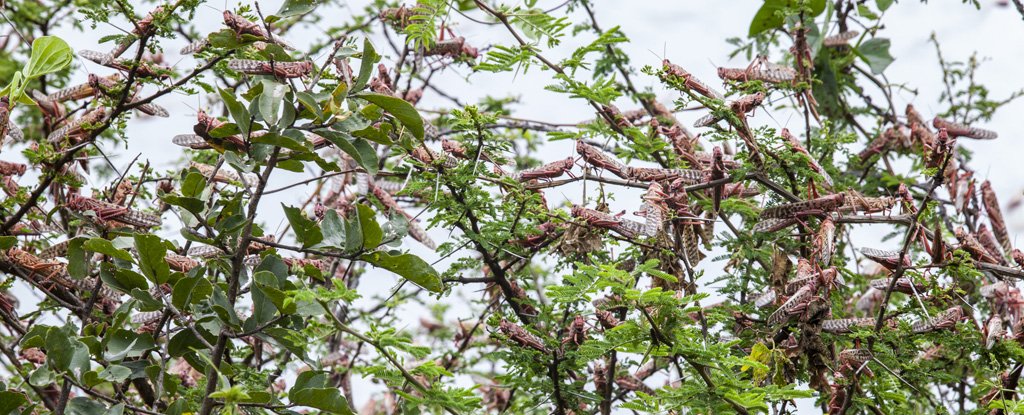



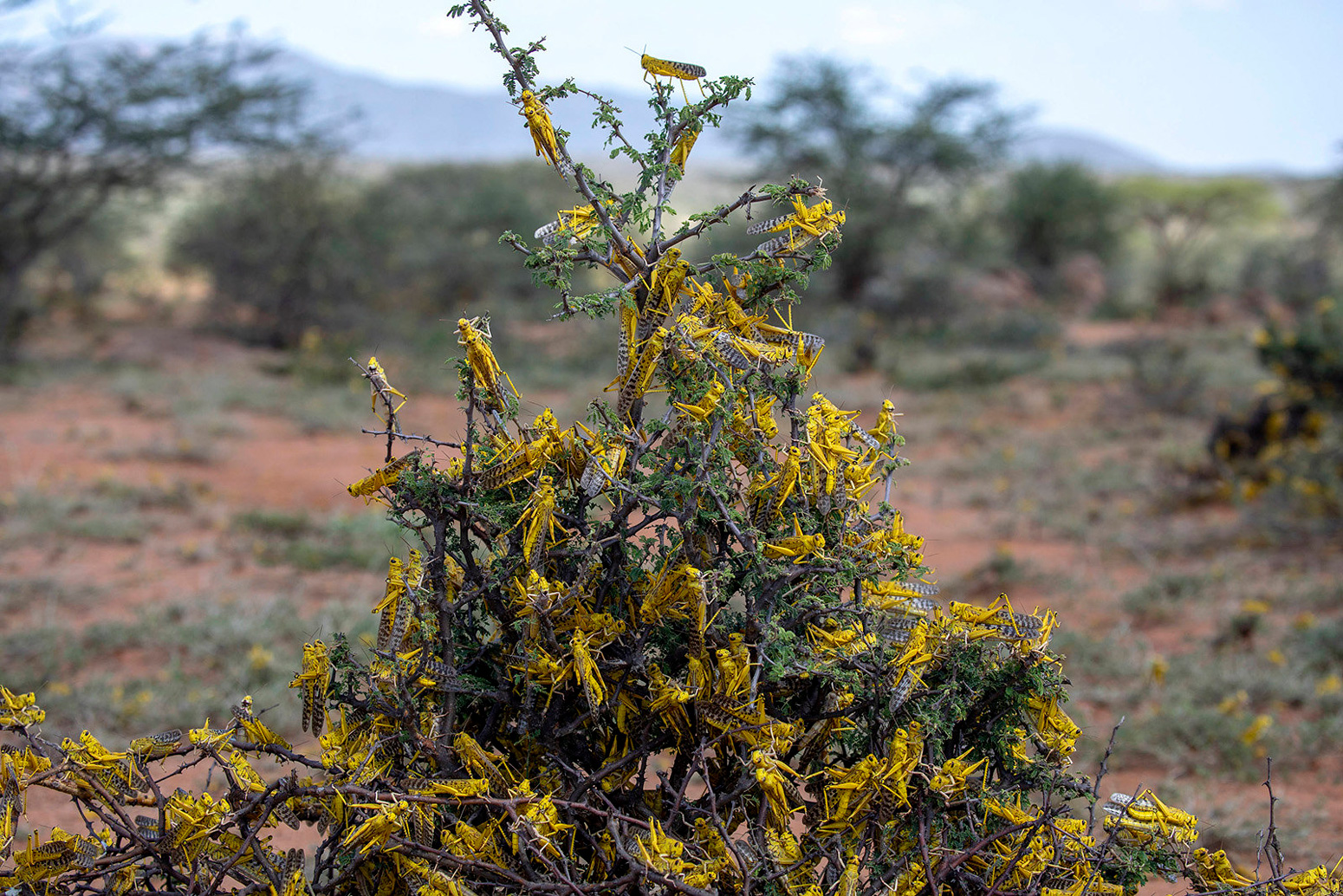 A desert locust swarm in northeastern Kenya. Credit: FAO/Sven Torfinn
A desert locust swarm in northeastern Kenya. Credit: FAO/Sven Torfinn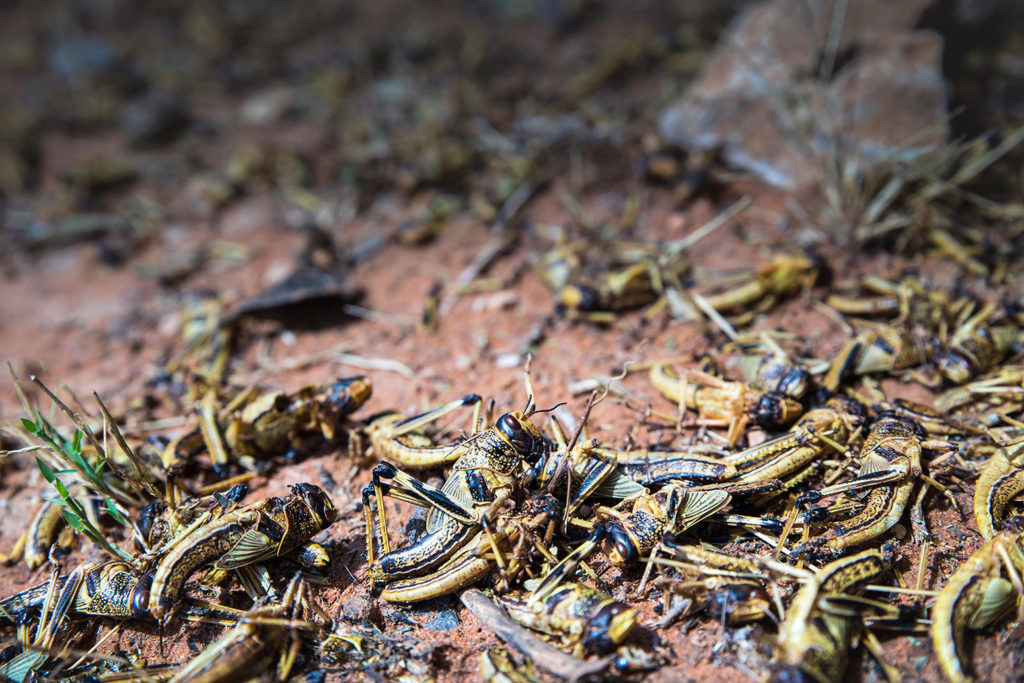 The impact of the locust invasion around Shilabo, Ogaden, Somali region in Ethiopia. Credit: FAO/Petterik Wiggers
The impact of the locust invasion around Shilabo, Ogaden, Somali region in Ethiopia. Credit: FAO/Petterik Wiggers

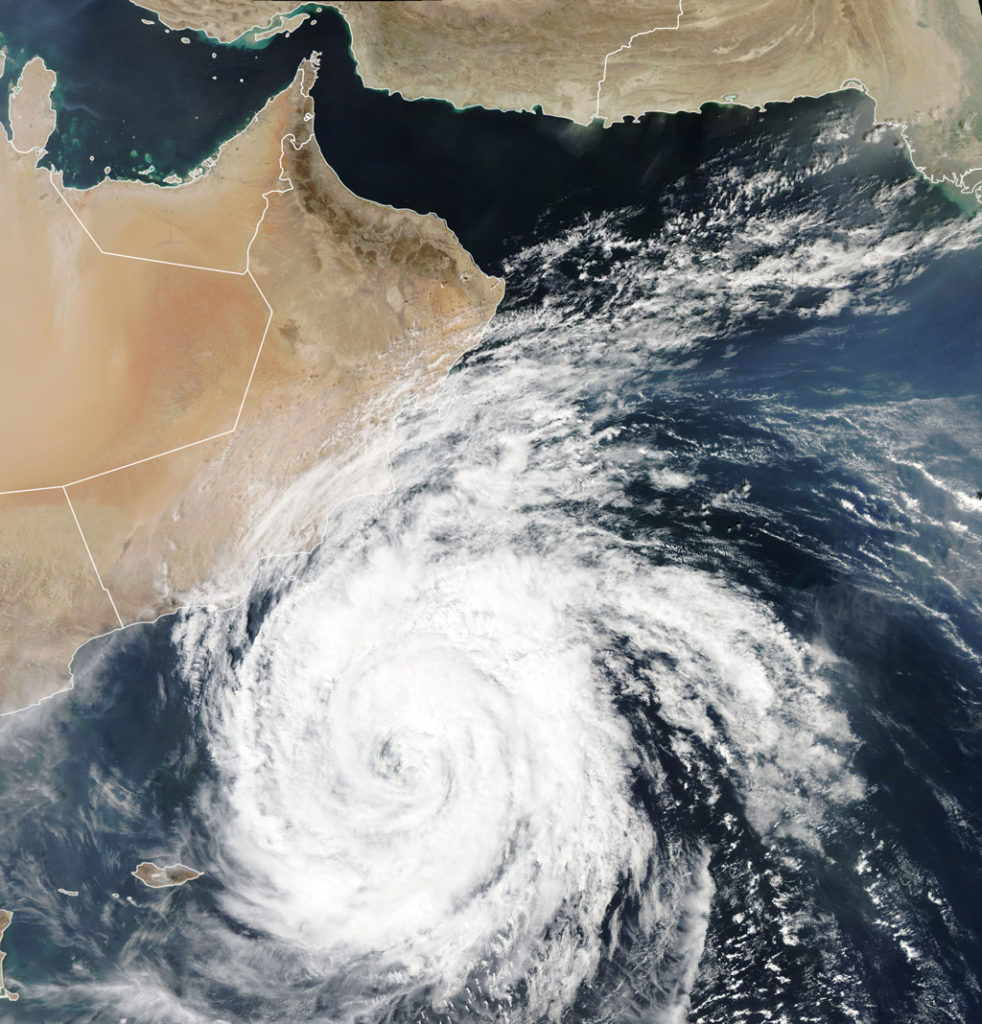 Satellite image of Cyclone Luban close to the Arab peninsula on 11 October, 2018. Credit:
Satellite image of Cyclone Luban close to the Arab peninsula on 11 October, 2018. Credit: 
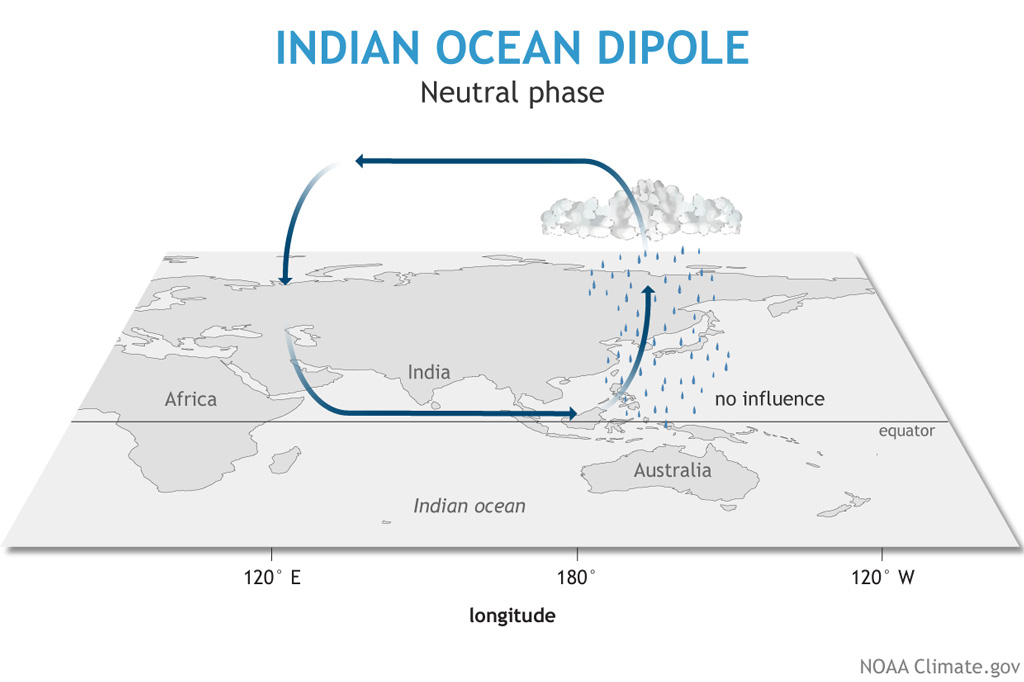 Diagram showing the impacts of a neutral Indian Ocean Dipole phase. Credit:
Diagram showing the impacts of a neutral Indian Ocean Dipole phase. Credit: 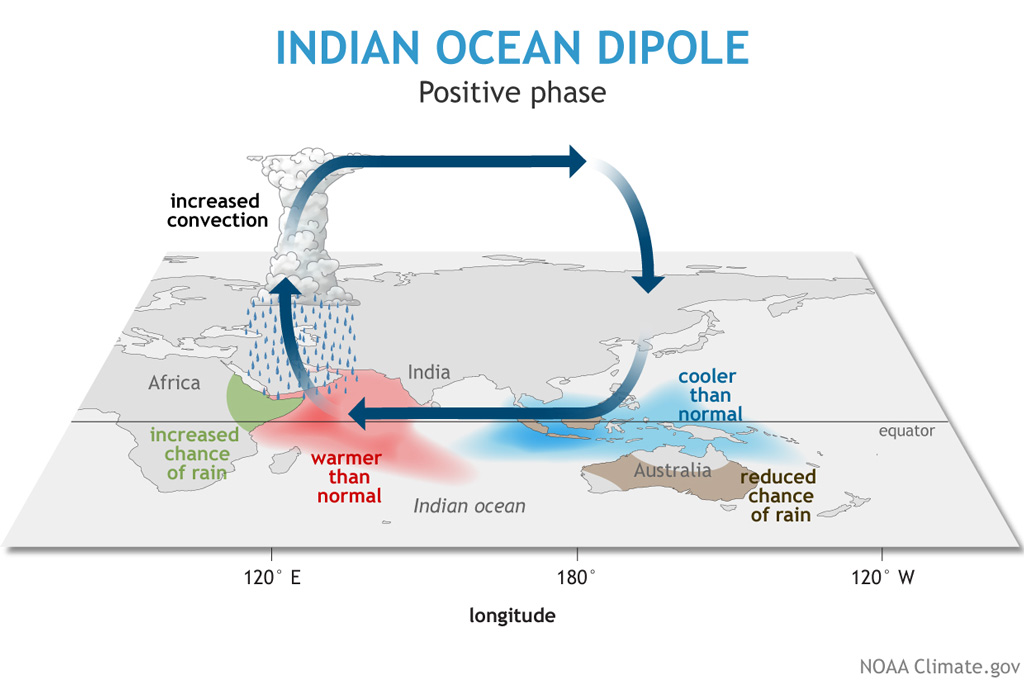 Diagram showing the impacts of a positive Indian Ocean Dipole phase. Credit:
Diagram showing the impacts of a positive Indian Ocean Dipole phase. Credit: 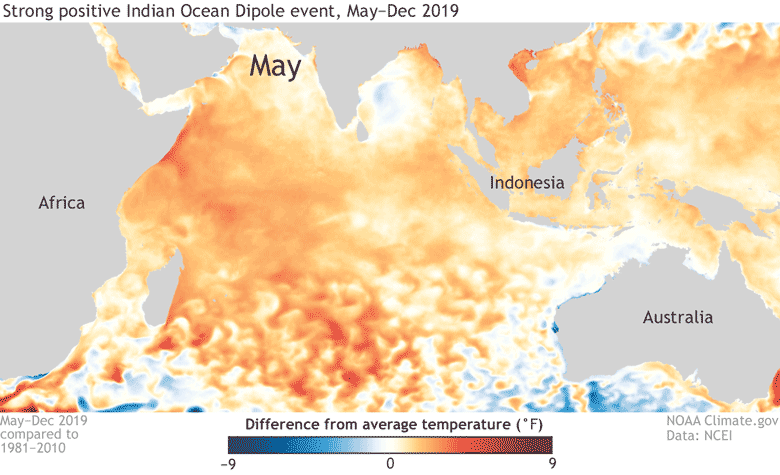
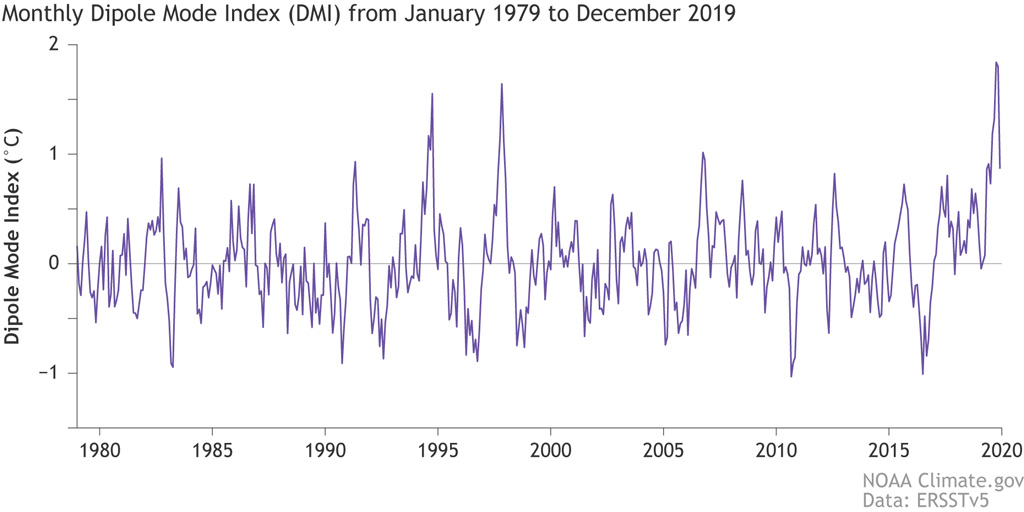 Monthly Indian Ocean Dipole mode index from January 1979 to December 2019. Credit:
Monthly Indian Ocean Dipole mode index from January 1979 to December 2019. Credit: 



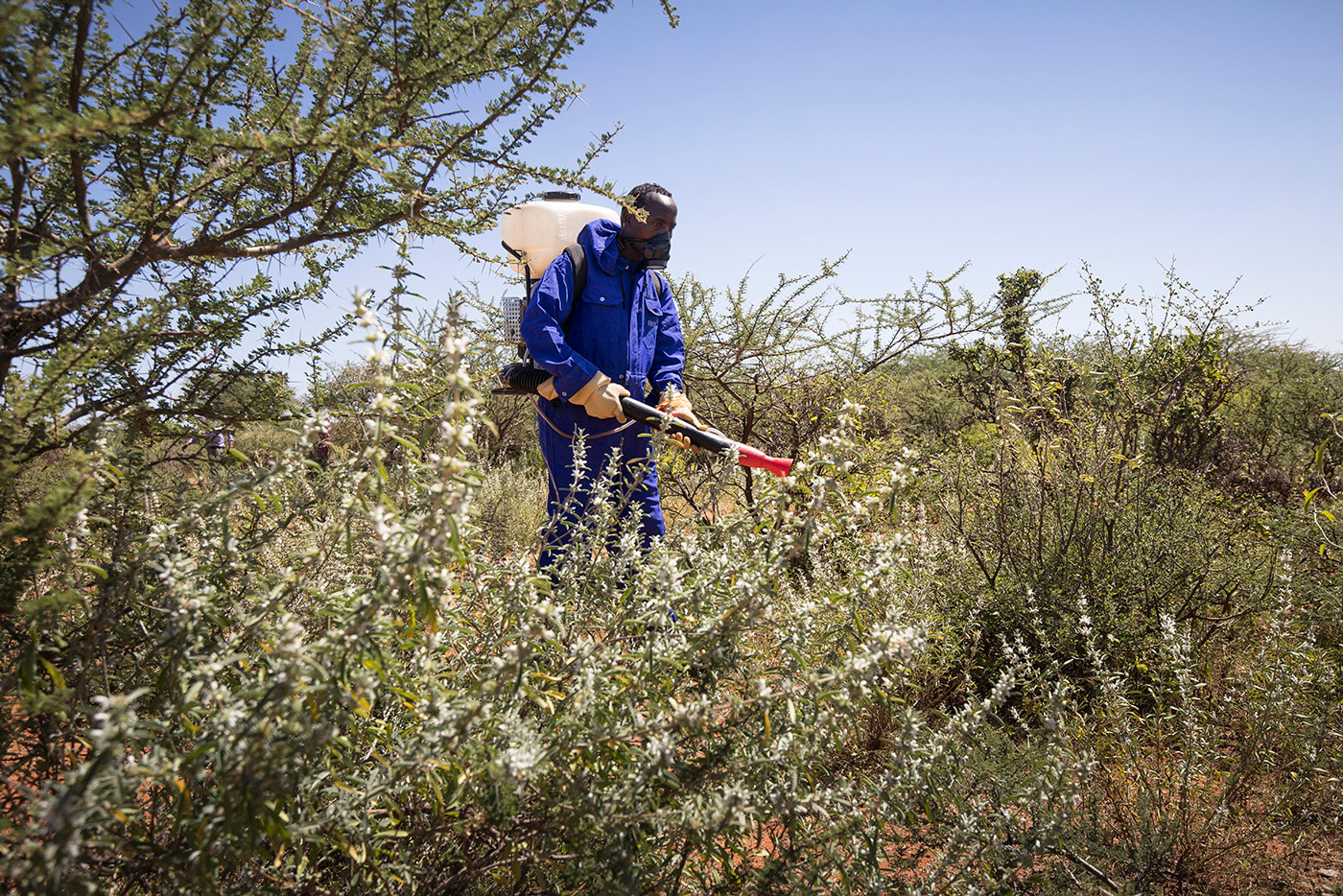 A government staff member of the Ethiopian ministry of Agriculture spraying against locusts in the Somali region of Ethiopia. Credit: FAO/Petterik Wiggers
A government staff member of the Ethiopian ministry of Agriculture spraying against locusts in the Somali region of Ethiopia. Credit: FAO/Petterik Wiggers